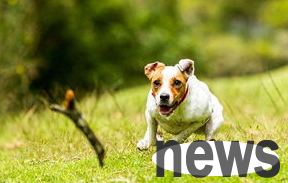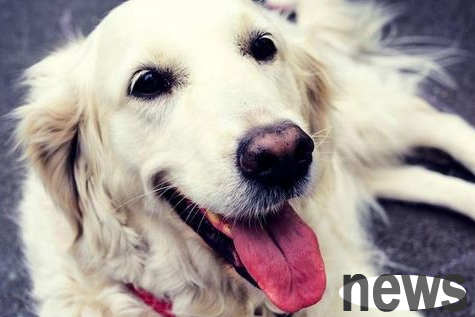I believe everyone has encountered situations where dogs eat walls and garbage on the roadside. The same is true for my dog. Many people are manifesting this lack of trace elements. So how can dogs supplement trace elements? The following are trace...
I believe everyone has encountered situations where dogs eat walls and garbage on the roadside. The same is true for my dog. Many people are manifesting this lack of trace elements. So how can dogs supplement trace elements? The following are trace elements that can be supplemented in food.

1. Meat: They are a good source of iron and zinc, and trace elements such as copper, manganese, and selenium are also relatively rich. The most important thing is that meat contains heme iron. The best things to give to dogs are lean meat, chicken, etc. As for meat bones, if you are a small and medium-sized dog, try to avoid eating fine bones such as chicken and sheep to avoid shattering the body.
2. Aquatic products: Aquatic products are a good source of almost all trace elements, and iodine and selenium are particularly abundant in seafood. To eat fish, you should pick up the thorns. If parents are very careful, they are unwilling to give them fish, they can make up for it with beans and coarse grains.
3. Nuts: Among plant-based foods, nuts are considered as the treasure house of trace elements. Whether it is walnuts, hazelnuts, sesame seeds, peanuts, or melon seeds, they are rich in zinc, iron, manganese, selenium and other elements. Dogs should not consume too much because nuts have too high calories, which is different from humans.
4. Beans: The trace elements in beans are actually quite rich. Although they are not as good as nuts, they are much more than rice white flour and have much lower calories. Disadvantages: The main problem of beans is that the absorption rate of trace elements is relatively low, because there are more "phytic acid" among them, which will hinder the absorption of minerals.

5. Coarse grains: Many experienced parents know that eating coarse grains occasionally is really good for dogs. This is also often heard that a certain mother steams nutritious steamed buns for her dog babies^ ^ The coarse grains that dogs can eat include corn flour, oatmeal, millet flour, etc. If it is a human, the darker the color of coarse grains, the better, but this is not the case for dogs. The darker the color, the less intake is.
6. Vegetables: Vegetables have too much moisture, so it seems that the content of trace elements is relatively low. In fact, if calculated according to the dry weight, the nutrients are very rich. They can not only provide a large amount of potassium, magnesium and other elements, but also provide some iron, zinc, manganese, selenium and other elements.